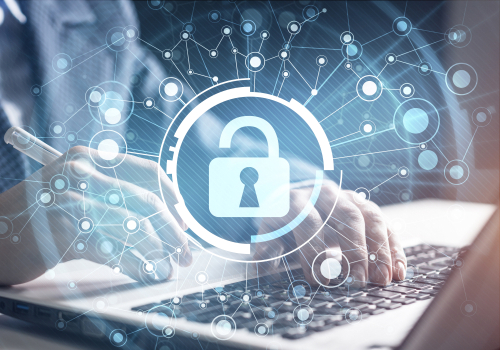Facility teams today have many more responsibilities than the bricks and boilers of a building. Modern buildings are full of connected systems that include a building management system (BMS), access control, HVAC, energy meters, elevators, and Internet of Things (IoT) sensors. These connected systems help facilities run efficiently; however, they are making the cyberattack surface much larger, and an actual cyber incident in these automated systems is no longer an IT department problem. Such incidents can reduce a building’s operational capacity, credibility, and occupant safety while posing a real money and reputation liability for the facility.

This article will discuss why facilities managers should treat incident preparedness as part of the operational priority list and how an incident response retainer can be the difference between a manageable event and weeks of downtime that come with it.
From Nuisance to Nightmare: How Incidents Affect Facilities
If a cyberattack on facility systems is successful, it can cause the following:
- HVAC or ventilation failures that affect comfort and air quality;
- Access control lockouts, which prevent staff from entering certain areas of the building;
- Disruption of backup power sequencing, along with disruption of critical electrical controls.
- False alarms, or alarm systems incapable of being suppressed, that put the safety of occupants at increased risk; and
- Loss of monitoring telemetry that disables the effectiveness of preventive maintenance programs.
In addition to immediate disruption, emergencies often prompt regulatory reporting, insurance claims, forensic investigations, and extensive remediation projects. Facilities managers, being responsible for uptime, safety, and compliance, have a very heavy lift.
What Does an Incident Response Retainer Actually Do for You?
An incident response retainer is a standing arrangement with a specialist cybersecurity firm that guarantees immediate access to experienced responders, forensic analysts, and legal/comms advisors as soon as an incident is suspected.
When compared to ad-hoc contracting, a retainer minimizes the lead time, establishes the kind and pricing of service offering, and provides an immediate on-site or online response by the right group of personnel.
The following are key benefits for facility teams:
- Map your critical systems. Create a clear inventory of all operational technology (OT) and IoT assets, who owns them, and which vendor/contractor has access. Include network paths and physical control points.
- Segment networks. Ensure BMS and access control networks are logically and/or physically separated from corporate IT networks. Limit vendor remote access to jump servers with multi-factor authentication (MFA) and session logging.
- Harden vendor access. Replace generic vendor accounts with per-user credentials, enforce least privilege, and require vendor MFA and session recording.
- Backup and recovery checks. Verify backup integrity for configuration files (BMS, PLC programs) and ensure you can restore quickly to known-good states.
- Incident playbooks. Create a concise OT-specific incident playbook that defines escalation pathways, who shuts down what (if anything), and how to preserve safety.
- Tabletop exercises. Run cross-disciplinary drills with IT, facilities, vendors, and security partners. Practice communications, role assignments, and safe shutdowns.
- Communication templates. Pre-write alerts for tenants, staff, and regulators to accelerate transparent, calm communications under pressure.
How to Evaluate an Incident Response Retainer for Facilities
Not all retainers are created equal. When evaluating providers, ask about:
- OT experience: Do they have responders with proven BMS/PLC/SCADA/IoT experience — not just IT incident responders?
- Response SLAs: How quickly will they be available by phone, remote session, or on-site?
- Scope of services: Do they offer containment, forensics, vendor coordination, legal advice, and public communications?
- Evidence handling: Can they preserve and extract logs from BMS controllers, access control appliances, and CCTV/NVRs (if relevant) without corrupting evidence?
- Insurance and legal alignment: Will the retainer work smoothly with your insurer and meet regulatory disclosure timelines?
- Training and post-incident support: Do they provide actionable remediation plans and staff training after an event?
Where possible, negotiate an assessment or tabletop as part of the retainer to validate capabilities before an incident occurs.
Final Thought
Managing a facility has always included risk management—from plans for fires to redundancy of HVAC. As buildings become smarter so does part of that risk become related to cybersecurity. A reasonable, cost-effective readiness measure is to invest in the preparedness strategy (inventory, segmentation, playbooks) and also pre-lock a responsive OT incident responder. All these lower the risk to operations, personnel, and reputation.
Muhammed Rashid is a cybersecurity professional with experience leading SOC operations. He specializes in SIEM administration, incident detection, and threat intelligence, while also driving strategic planning, process improvement, and team development. As a team lead at Encyb, Rashid combines deep technical expertise with strong leadership to enhance security operations and build client trust.
